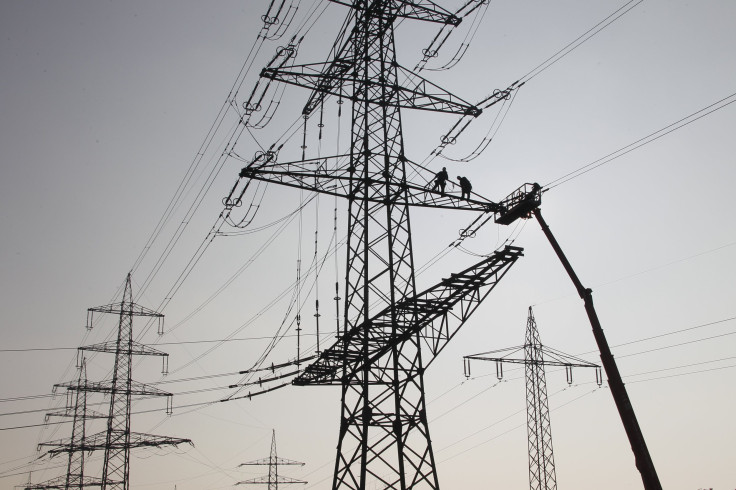Air Pollution Does More Damage With Power Lines, But Childhood Leukemia Rates Don't Waver

Cancer among children is rare, yet leukemia is the most common and accounts for nearly a third of all cancers diagnosed in children. Previously, a team of researchers reported a link between childhood leukemia in Britain and how close a child lived, at birth, to high-voltage power lines; the researchers hypothesized the reason was due to an alteration in the surrounding air pollution. In a new study, the researchers explored this theory and found little evidence to support it, though their work does not entirely disprove it either.
How Cancer in Children Differs from Adults
When it comes to adult cancers, lifestyle and behavior often rank among the major risks. Diet, weight, smoking, and physical activity play a major role in many adult cancers, still it may take many years before their ill effects come to fruition. In childhood cancer, lifestyle is often immediately excluded from the list of possible risks, and instead, scientists tend to look at genetic mutations and immune system problems. One in every 100 children, for instance, is born with a particular genetic abnormality that increases the risk for leukemia, though extremely few children actually develop the disease.
Meanwhile, scientists continue to search for other contributing factors... and so the corona-ion hypothesis evolved. This theory has been cited as a possible explanation for the higher-than-usual-number of childhood leukemia cases occurring near power lines in the United Kingdom. High-voltage power lines create charged particles in the air by a process known as ionization. These ionized particles are called corona ions and sometimes, after being blown around by the wind, they attack to pollution created by cars or smoke. The corona-ion theory, then, proposes that these corona ions add an electrical charge to pollutants and in turn this increases your body’s ability to retain polluting particles in your airways once breathed in, and this is what causes serious health effects or even disease, including leukemia.
To test this theory, the research team developed an improved model for calculating exposure to corona ions. Then, they inserted data from over 7,000 children in England and Wales who were born and diagnosed with leukemia between 1968 and 2008, and who lived within 600 meters of an overhead, high-voltage power line. Their calculations also included data on wind speed and wind direction obtained from meteorological stations, the voltage of the power line, and how the concentration of corona ions varied with distance from the lines.
What did they discover? “We found in earlier studies that, for previous decades, childhood leukemia rates were higher near power lines,” said Dr. Kathryn Bunch, one of the authors of the study. “This new paper seems to show that this wasn't caused by corona ions — but it leaves us still searching for the true cause and we are undertaking further investigations.”
Source: Swanson J, Bunch KJ, Vincent TJ, Murphy MFG. Childhood cancer and exposure to corona ions from power lines: an epidemiological test. J. Radiol. Prot. 2014.



























